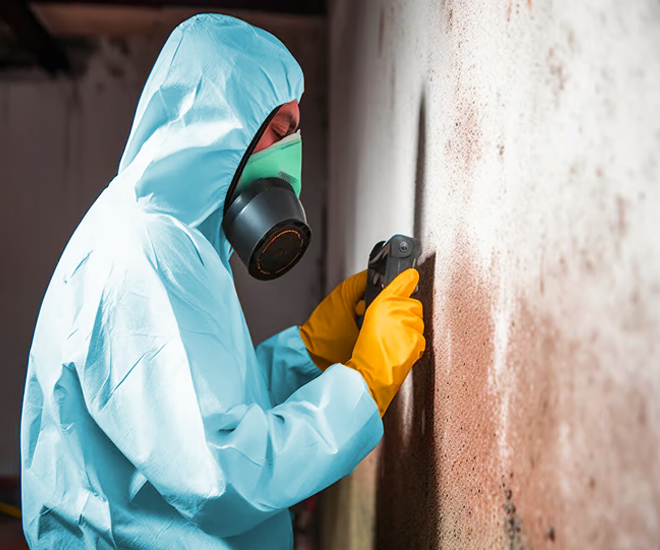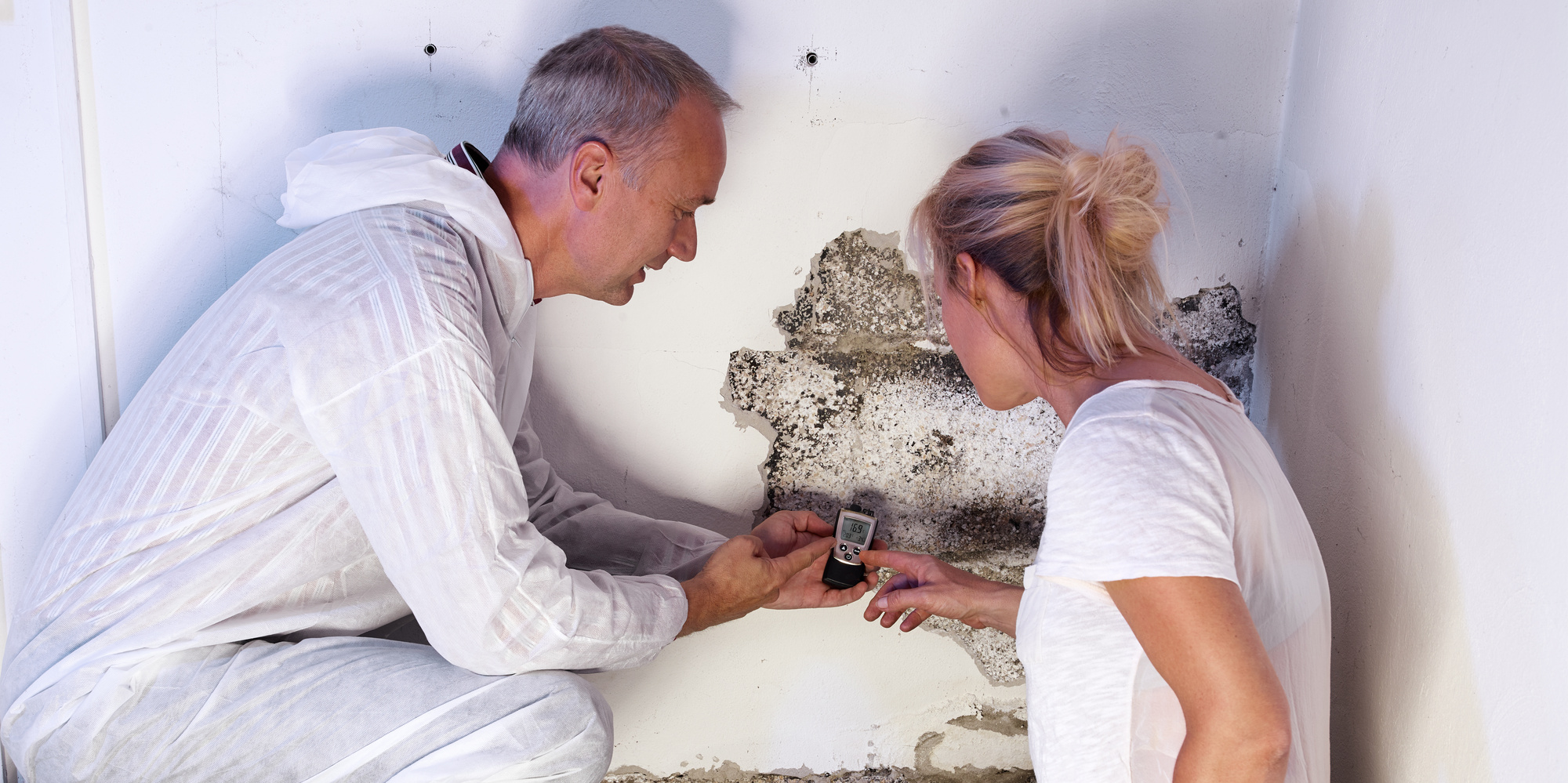Support on What to Do After Mold Remediation
Wiki Article
Specialist Tips for Blog Post Mold And Mildew Removal Success
In the world of mold removal, successfully removing mold is just half the battle; the real challenge lies in preventing its reappearance. By sticking to expert pointers and finest techniques, individuals can protect their spaces against mold and mildew resurgence and maintain a healthy interior setting.
Screen Moisture Degrees On A Regular Basis
After finishing mold remediation procedures, keeping optimum humidity levels is important to prevent mold and mildew re-growth and make sure a healthy and balanced indoor environment. High moisture degrees above 60% develop a helpful atmosphere for mold and mildew to flourish, making regular checking a proactive measure to avoid any kind of future mold problems.Making use of hygrometers or dampness meters can assist in properly measuring humidity levels in different areas of the residential property. These devices supply real-time information that makes it possible for remediation experts to make informed choices regarding ventilation, dehumidification, and various other needed activities to keep perfect moisture degrees post-remediation. In addition, establishing a regular timetable for humidity checks, especially in risky areas such as cellars, kitchen areas, and bathrooms, is a positive approach to mold prevention. By regularly checking moisture degrees, homeowner can efficiently minimize the danger of mold and mildew reoccurrence and maintain a healthy indoor environment post-remediation.
Conduct Thorough Inspections Post-Remediation
Following the completion of mold and mildew removal procedures, it is important to carry out extensive assessments to validate the performance of the remediation process. These post-remediation inspections are vital in guaranteeing that the mold and mildew problem has actually been effectively attended to which there is no recurrence or staying mold development. Evaluations should be performed by qualified experts who have competence in determining mold and mildew and assessing indoor air quality.Throughout these inspections, numerous approaches such as aesthetic evaluations, air tasting, and surface area tasting may be used to completely examine the remediated locations. Visual assessments include a comprehensive inspection of the premises to look for any kind of noticeable indications of mold development or water damage. Air tasting helps in identifying the airborne mold spore levels, while surface sampling can spot mold bits on surface areas.
Implement Appropriate Air Flow Techniques
After making sure the efficiency of the mold remediation process through complete inspections, the next vital step is to concentrate on carrying out appropriate air flow strategies. Appropriate air flow is necessary in preventing mold and mildew reoccurrence by regulating wetness degrees and advertising air blood circulation.
Proper air flow not just help in preventing mold and mildew development yet likewise adds to the total wellness and convenience of passengers. By making sure appropriate ventilation throughout the property, you can decrease the threat of mold regrowth and develop a much healthier living atmosphere.

Usage Mold-Resistant Materials for Repairs
To enhance the long-term performance of mold removal efforts, including mold-resistant materials for repair work is crucial in mitigating the danger helpful hints of future mold and mildew development. Mold-resistant products are created to withstand wetness and prevent mold and mildew development, making them a crucial selection for locations vulnerable to dampness and moisture. When fixing locations impacted by mold and mildew, using materials such wikipedia reference as mold-resistant drywall, mold-resistant paints, and mold-resistant caulking can assist prevent mold and mildew reoccurrence.Mold-resistant drywall is an exceptional alternative to standard drywall in locations like restrooms and cellars where dampness levels are higher. This kind of drywall has a special covering that stands up to mold and mildew development even when exposed to damp conditions. Additionally, making use of mold-resistant paints containing antimicrobial representatives can even more prevent mold and mildew growth on wall surfaces and ceilings.
In areas where dampness prevails, such as bathroom and kitchens, using mold-resistant caulking around sinks, windows, and bathtubs can aid seal out water and stop mold and mildew from taking hold in splits and crevices. By buying these mold-resistant products throughout repair work post-remediation, you can substantially decrease the possibility of future mold concerns and preserve a healthier interior setting.
Maintain Tidiness and Address Water Issues
After mold remediation, it is crucial to maintain a tidy environment to protect against the regrowth of mold. Leaks, water breach, or high moisture levels can develop the perfect reproduction ground for mold, so it is important to repair any water-related issues quickly.To maintain tidiness, think about making use of HEPA filters in vacuum cleaners and air cleansers to trap mold spores and stop their circulation in the air. Moreover, guaranteeing proper air flow in areas vulnerable to moisture accumulation, such as kitchens and bathrooms, can aid keep humidity degrees in check. By staying vigilant regarding cleanliness and addressing water problems immediately, you can effectively avoid mold and mildew reinfestation and preserve read this post here a healthy interior setting.
Conclusion

In the realm of mold remediation, efficiently eradicating mold and mildew is just half the battle; the real challenge lies in preventing its reappearance. After finishing mold and mildew remediation treatments, preserving optimum humidity degrees is essential to stop mold re-growth and make sure a healthy indoor setting. High humidity levels over 60% produce a helpful setting for mold to prosper, making regular monitoring a proactive step to prevent any future mold problems.
To boost the long-lasting efficiency of mold and mildew remediation initiatives, including mold-resistant products for repair work is critical in mitigating the danger of future mold and mildew development. After mold and mildew removal, it is critical to keep a clean atmosphere to prevent the regrowth of mold and mildew.
Report this wiki page